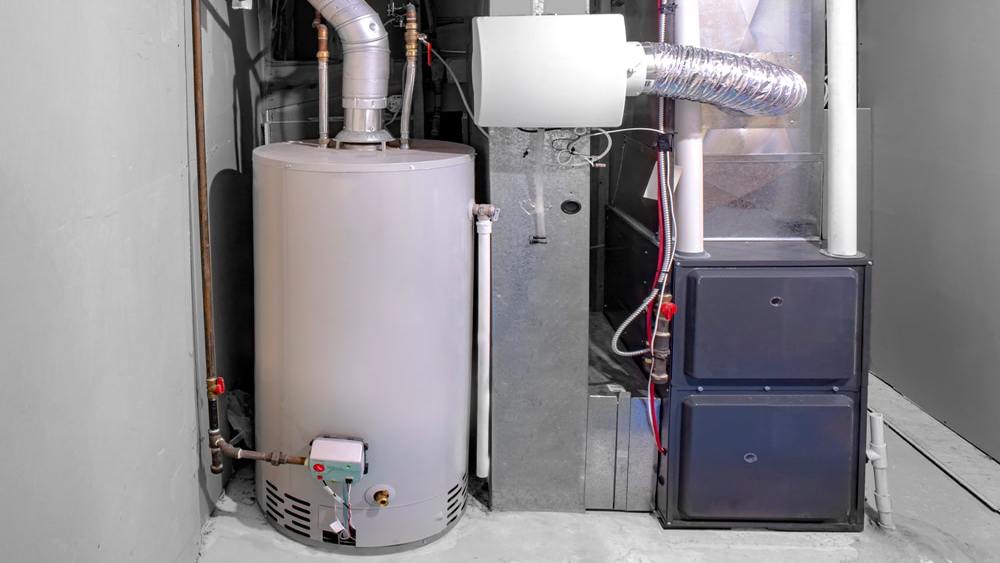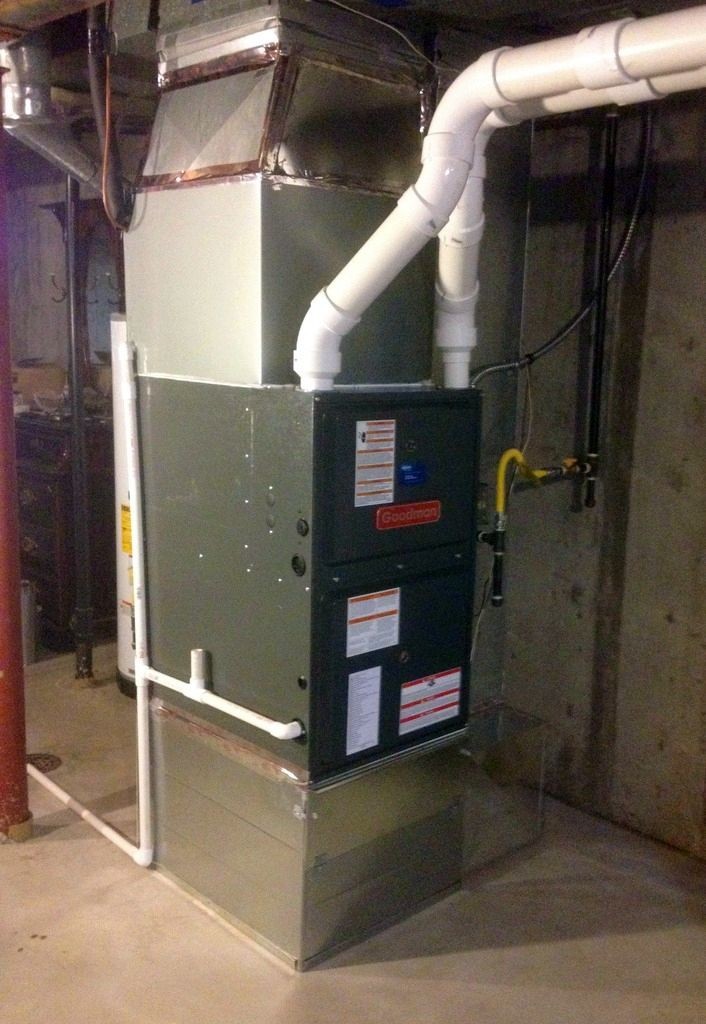The Ultimate Guide to Heater Installation for a Cozy Home
Furnace installment is an essential facet of maintaining a comfy home setting, particularly throughout the cooler months. Recognizing the different sorts of heaters available and the importance of choosing the suitable dimension can substantially impact both efficiency and convenience levels. An extensive installation procedure, matched by the right tools and materials, ensures optimum efficiency. This overview aims to gear up house owners with the expertise needed to make enlightened decisions and implement efficient maintenance practices. As you think about these elements, the concern continues to be: what steps can you require to guarantee your heating system offers you well for many years ahead?
Sorts Of Furnaces

Gas heating systems are the most usual selection as a result of their efficiency and reduced functional prices. They make use of all-natural gas or propane, providing fast heating and regular efficiency, making them ideal for colder environments.
Electric heating systems, while usually easier to mount and keep, tend to have higher functional prices. They are frequently favored in areas where gas service is inaccessible or for homes with existing electric framework.
Oil furnaces, though less usual today, continue to be a viable option in certain regions. They melt heating oil, which can be useful throughout colder months, but their reliance on oil delivery presents possible challenges.
Additionally, there are high-efficiency designs available across these types, which can considerably reduce energy usage and energy expenses - furnace installation. Ultimately, understanding these heating system types will help homeowners select a system that aligns with their home heating requires, budget, and energy preferences
Selecting the Right Size
Picking the ideal size for a heating system is essential to making certain optimal performance and power efficiency. An undersized heating system will certainly struggle to keep comfortable temperatures throughout the cool months, causing raised wear and tear, greater energy bills, and prospective system failure. Conversely, a large heater may cycle on and off as well often, causing inefficient home heating and uneven temperature level circulation within the home.
To figure out the proper heating system dimension, a calculation recognized as the Guidebook J tons calculation should be carried out. This process examines numerous elements, consisting of the square video footage of the home, insulation degrees, home window sizes, and regional climate conditions. This comprehensive analysis makes sure that the furnace fulfills the specific home heating needs of the space.

Installment Refine Overview
In regards to materials, you will certainly need ductwork, insulation, and securing tape to guarantee ideal airflow and power effectiveness - furnace installation. It is additionally crucial to have a new furnace filter handy, together with airing vent materials, such as PVC pipeline or steel flue, relying on the type of heater being mounted
Safety tools, including gloves, safety glasses, and a face mask, is additionally crucial to shield against dust and particles throughout installment. Having all these devices and products easily offered not just streamlines the process yet likewise boosts the safety and security and effectiveness of the heating system installment.
Upkeep Tips for Long Life
To ensure the durability of your heating system, it is necessary to apply a normal maintenance timetable that deals with crucial parts of the system. Beginning by changing or cleaning up the air filter every one to three months, as a clogged up filter can restrict air flow and decrease efficiency. Furthermore, check and cleanse the blower setting up to avoid dirt buildup that can prevent performance.
Next, examine the he has a good point thermostat setups and recalibrate if needed to ensure precise temperature guideline. Evaluate the ductwork for leakages or obstructions, as this can result in energy loss and unequal heating. Routinely oil the electric motor and bearings according to the maker's referrals to lessen wear and tear.
Professional inspections need to take place annually, where a certified professional can examine the heater's total problem, look for gas leakages, and guarantee that security attributes are functioning correctly. Consider setting up a programmable thermostat to enhance power usage and preserve regular home temperature levels. By embracing these maintenance methods, you can improve your heating system's performance, expand its lifespan, and inevitably delight in a comfy and comfortable home setting.
Verdict
